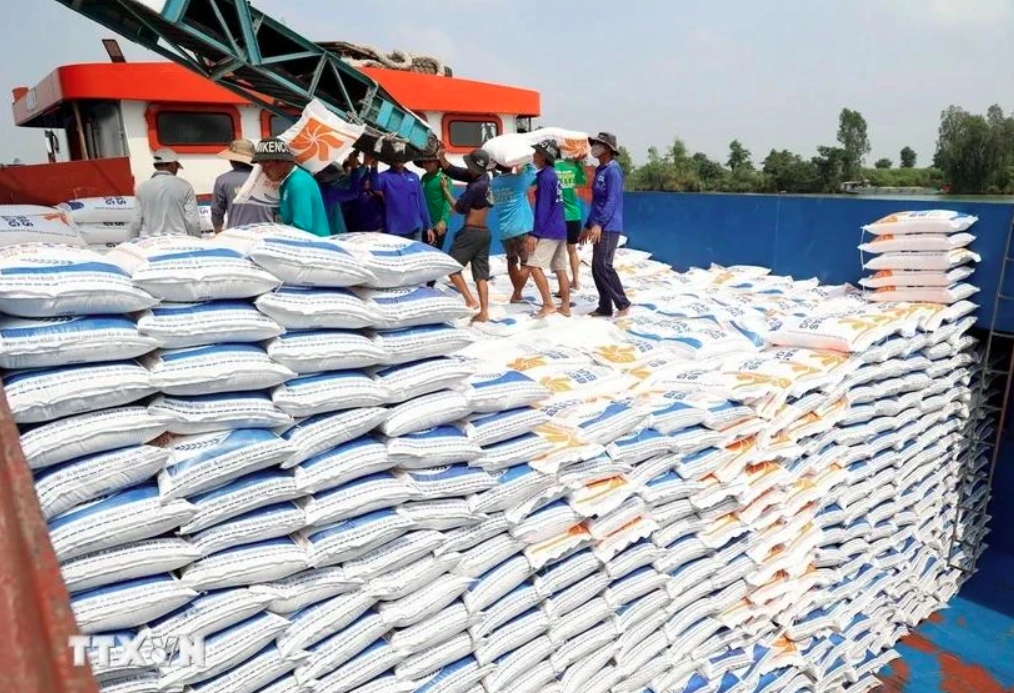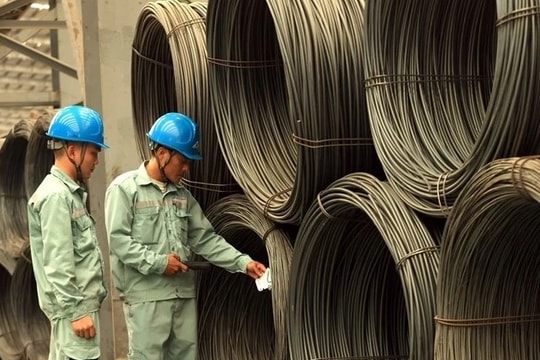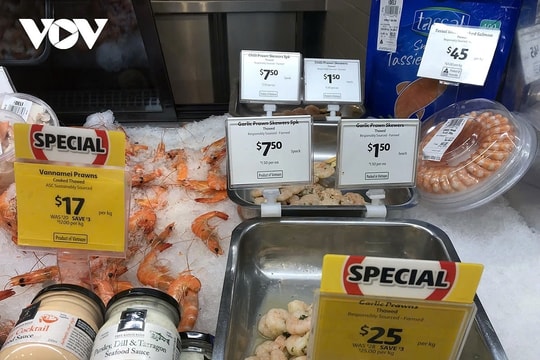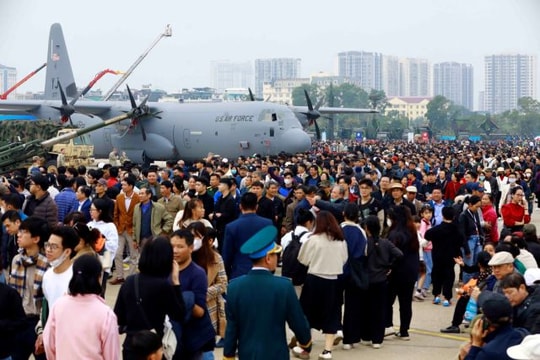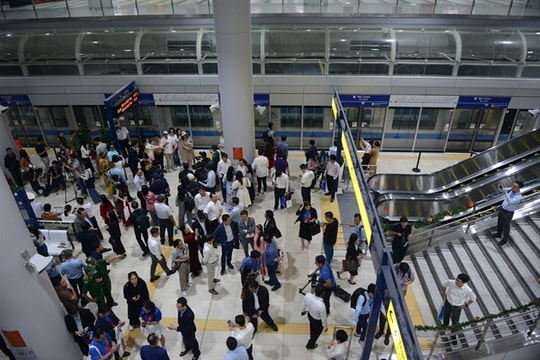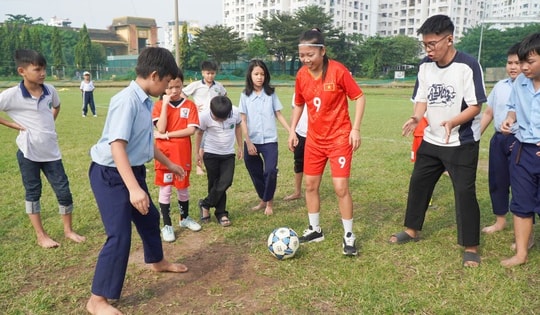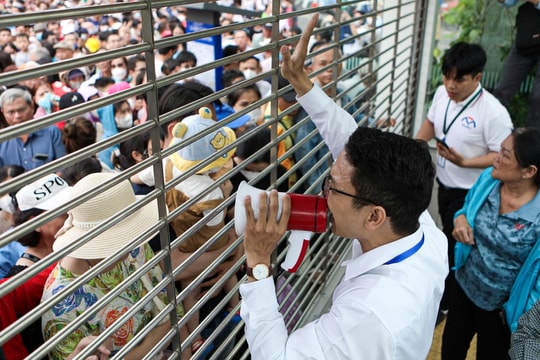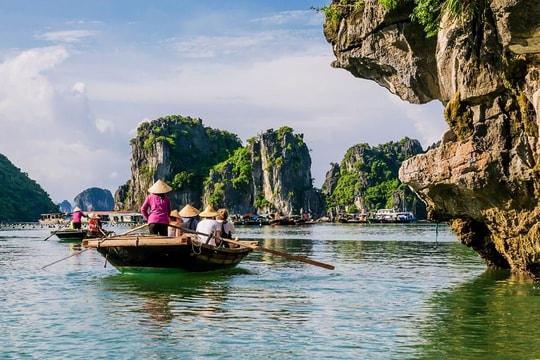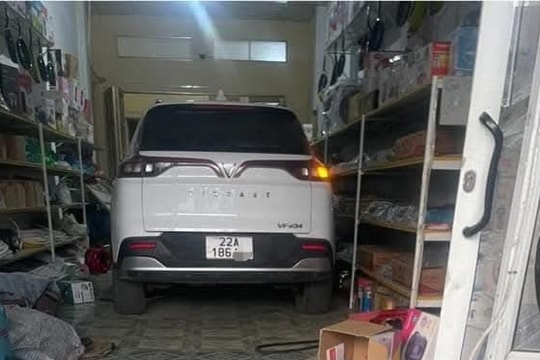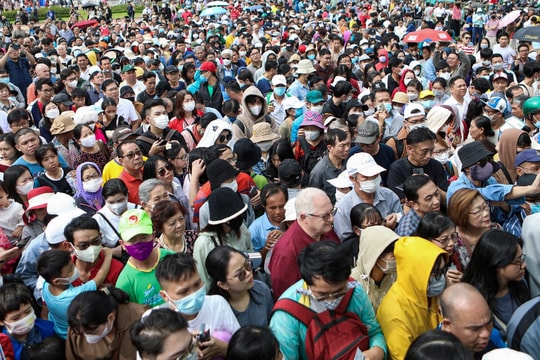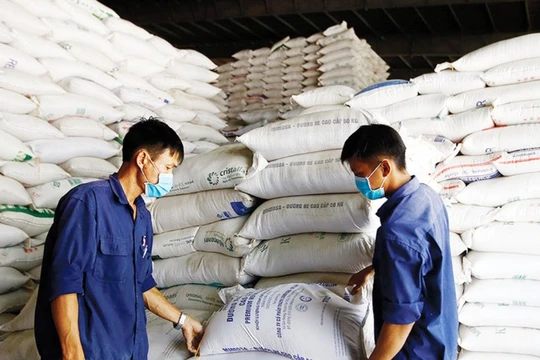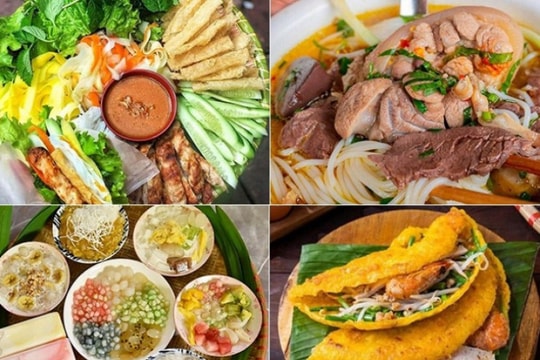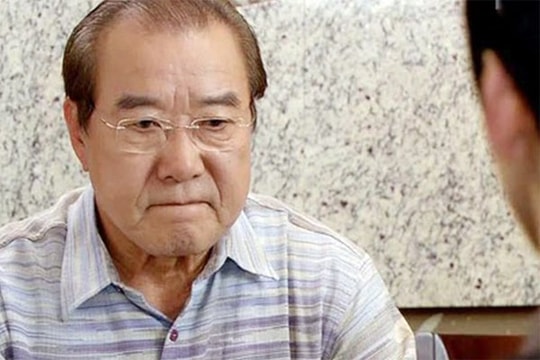In an interview granted to Vietnam News Agency correspondents in New Delhi, he said Vietnam needs to make its rice meet international standards, including developing high-quality rice varieties with specific characteristics to cater to different markets; work to grasp the distinct preferences and needs of consumers in different markets; and strengthen cooperation with local farmers to ensure consistent quality, promote sustainable farming methods and support them to access the latest advances in agriculture.
It is necessary to invest in advanced processing technology to improve the quality of rice products, including new techniques in milling, preservation and packaging; actively participate in market research and trade promotion activities to better understand consumer demand, market trends and pricing strategies in different regions, he noted.
Finally, Gandhi emphasised the need to ensure products meet strict international food safety and traceability standards, which are increasingly important to consumers and regulators, he added.
With these above specific strategies, Vietnamese rice exporters can further consolidate their position in the global market and continue to achieve impressive growth, according to him.
Regarding India's decision to lift the ban on exporting regular white rice and set a floor price for this item at US$490 per tonne, the expert said it has had a strong impact on the global rice market in general and that in Vietnam in particular. India is the second largest rice producer in the world, just after China, with an annual output of 118 million tonnes, while Vietnam produces 21.2 million tonnes. India exports 16.5 million tonnes of rice each year, while Vietnam ships 7.6 million tonnes yearly.
Gandhi noted that the two countries have great potential for cooperation in this field, especially for brown rice. Vietnamese importers should import brown rice from India, process it in Vietnam and then export it globally, he recommended.



